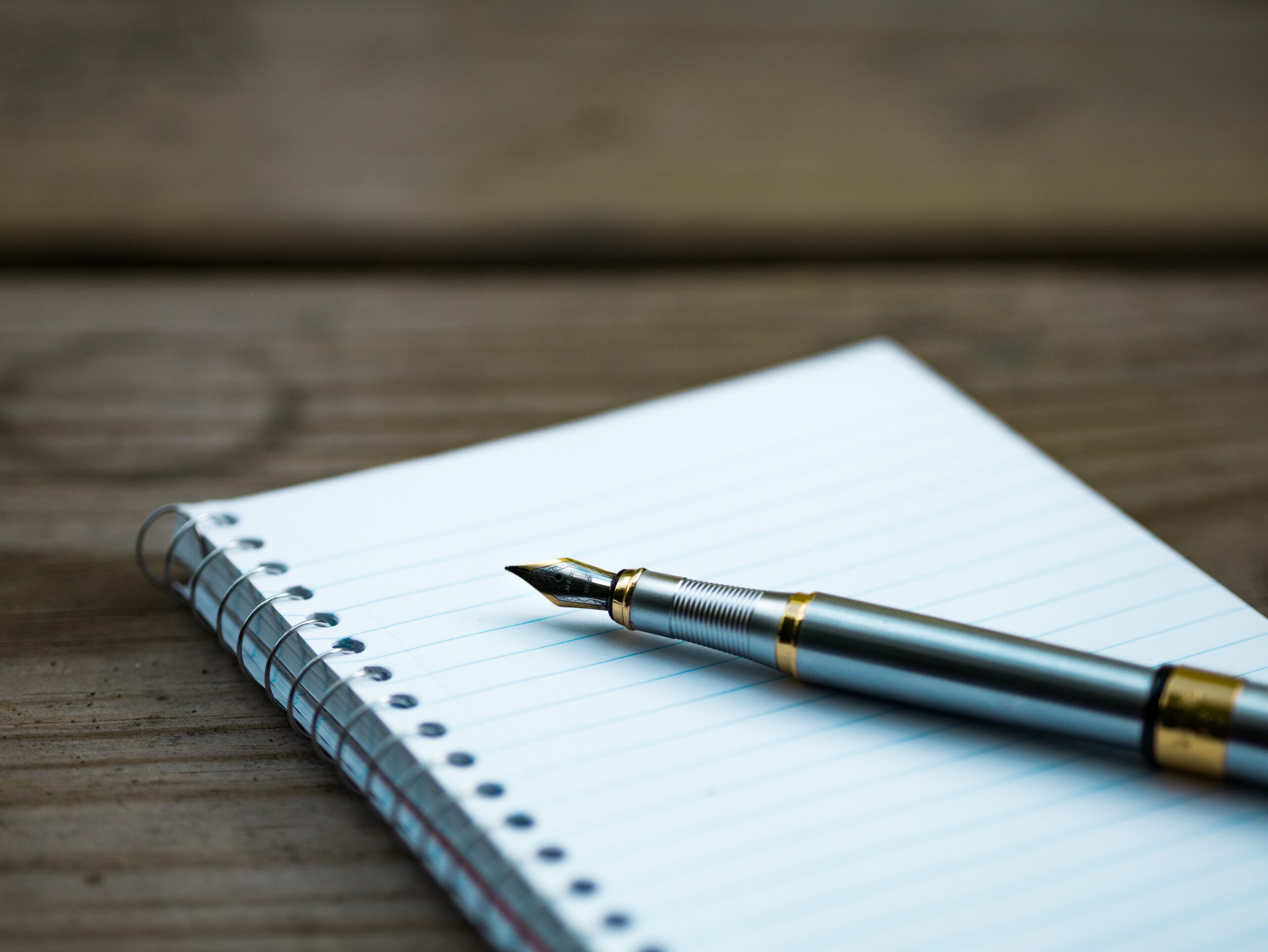Making it as a copy editor depends on many variables, but when you look at those who’ve made a success, it’s clear that it comes down to making a habit of everything. When you tackle each editing task as a new project with zero context, there are many moving parts to keep track of. But when you form copy editing habits that can be applied to any editing task, you can cut back on the time it takes while also increasing your efficacy.
But what are these habits? Is it reading a lot, studying dictionaries, practice? While these all add to your language skills, reading time, etc., the real habits you want to learn are the ones that you’ll directly apply in your daily dealings as a copy editor. Reading fast could help, but not if you don’t know what to look out for when reading.
If you’re interested in learning some of the habits of successful copy editors, keep on reading.
Check off what you check
As a copy editor, it’s your responsibility to ensure the work that passes across your desk, in-office or remote, leaves at the highest possible standard. To achieve this, there are many tiny elements you’ll have to look out for. With so many small memos running through your head while the content also passes through, you could easily lose track of the important details to check.
For that reason, a copy checking checklist can help you keep track of those small details you must remember to scrutinise before placing your stamp of approval. To create this list, keep a notepad or blank document open as you complete editing tasks and add the things you check for to the list as you go. Here are a few examples of things to add to your checking checklist:
- Consistency: whether it’s names, brands, regional dialect or tone, consistency is key. Create a sub-list with all the things that must remain consistent in the work you edit.
- Formatting: it might not seem too important, but formatting can make or break a great editor. Your documents should leave your hands looking neat, consistent and properly formatted (especially if you’re using software or tools for checks – more on that later).
- Repetition: words or phrases can get stuck in a writer’s head as they produce content. Some even have their favourite turn of phrases that creeps up in all their work. Look out for these things and avoid unnecessary repetition.
- Credibility: always ensure that the data, assumptions or conclusions in a piece are factual, current and attributed correctly.
- Non-words: special characters, numbers, statistics, symbols and units of measurement can be tricky to copy edit as you might be inclined to skim past them for being “non-words”. However, these elements are just as important as the vocabulary in your content.
Automate what you can
While most of the responsibilities of a copy editor come down to gained experience and expertise, there are those few that can be delegated to our machine friends in the form of editing automation or artificial intelligence. Critically assess your checking checklist, and identify the things a computer can do. Here are some examples:
- Keyword research: for many copy editors, SEO keywords make up a big part of the job. Luckily, there are also many tools available to automate keyword research or, at the very least, cut down on the time you spend doing it.
- Grammar/spelling checks: while it may seem that grammar and spelling is your primary concern as an editor, mistakes can still slip through the cracks. Editing software can help minimise these errors.
- Plagiarism checks: instead of spending a ton of time checking resources against the final piece, plagiarism checking software can do the job far quicker.
- Thought starters: sometimes, finding the right idea can be the hardest challenge. In these cases, you can use writing AI to suggest topics and ideas. Just be discerning about what you use – that’s where your experience comes into play.
Read, read, and read again
Sure, you know by now that reading is key to your role. However, did you know that you should apply different types of reading to your work?
Experts say that you should read a text thrice to check different aspects. Let’s break it down:
- Reading to understand: the first time you read a document, simply sit back and read it. This way, you’ll have an overview of the whole piece before getting into detail.
- Reading to edit: the second round of reading should be where you apply your edits or feedback. Now that you’ve read the entirety of the piece, you’ll know if certain words repeat or if there are flow issues.
- Reading to clarify: the last time you read the document is to ascertain the goal. Is the purpose clear, and are all questions answered?
Never stop learning
Finally, as you may already know since you’re reading this to learn and grow, you can never know all there is to know in the field. Now, this doesn’t mean there’s no use learning. In fact, it means that learning becomes even more essential. When your industry changes as often as every new version of an app or software, it’s paramount that you stay up to date as best you can.
This could entail curating a list of industry expert blogs to check in on regularly, following content marketers or copy editors on your socials in your free time, or even making it official with a short copy editing course that you can add to your CV. Whichever direction you choose, if not all, just ensure that you’re always learning.
Happy editing!


